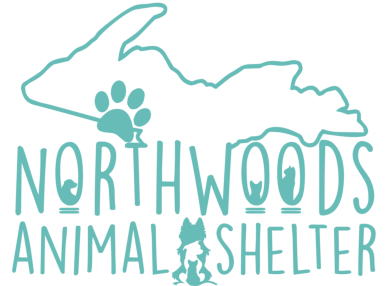A Guide to House-Training Your Dog or Puppy
House-training your new puppy or dog is one of the first and most important steps in ensuring a harmonious relationship. It requires patience, consistency, and a good understanding of your dog's needs. Here's a comprehensive guide to help you successfully house-train your canine companion.
Step 1: Establish a Routine
Dogs thrive on routine, and a consistent schedule will make house-training easier. Set regular times for meals, play, and bathroom breaks. A predictable routine helps your dog know what to expect and when to expect it.
Key Elements of a Good Routine
Feeding Schedule: Feed your dog at the same times each day. This will help regulate their bathroom habits.
Bathroom Breaks: Take your dog out frequently, especially after meals, naps, or playtime. For puppies, it's usually every 1-2 hours
Bedtime Routine: Create a calming bedtime routine to help your dog settle down for the night.
Step 2: Designate a Potty Area
Choose a specific spot outside where you want your dog to do their business. Consistently take them to this spot each time you go outside for a bathroom break. The familiar scent will help them understand it's a designated area for them to relieve themselves.
Tips for a Successful Potty Area
Use a Leash: Keeping your dog on a leash helps guide them to the right spot and prevents distractions.
Choose a Quiet Area: A quiet, low-traffic spot can help your dog stay focused.
Be Consistent: Take them to the same spot each time to reinforce the behavior.
Step 3: Supervise and Limit Freedom
Until your dog is fully house-trained, keep a close eye on them. This will help you catch signs that they need to go out and prevent accidents indoors.
Ways to Supervise and Limit Freedom
Use a Crate: A crate can be a helpful tool for house-training. Dogs are less likely to soil their sleeping area. Make sure the crate is appropriately sized for your dog to stand, turn, and lie down comfortably.
Confine to a Small Area: If you're not using a crate, limit your dog's freedom to one room or a small area where you can supervise them easily.
Watch for Signs: Common signs that your dog needs to go out include sniffing, circling, whining, or pacing.
Step 4: Reward and Praise
Positive reinforcement is key to successful house-training. When your dog goes potty in the designated area, immediately reward them with praise, treats, or playtime. This positive association will encourage them to repeat the behavior.
Effective Ways to Reward and Praise
Immediate Rewards: Give treats or praise right after they go potty outside, not when they return inside.
Use a Happy Tone: Dogs respond well to enthusiastic praise, so use a happy, upbeat voice.
Vary the Rewards: Mix up treats, toys, and verbal praise to keep it interesting for your dog.
Step 5: Handle Accidents Properly
Accidents are part of the house-training process, so don't be discouraged if they happen. The key is to handle them calmly and correctly to avoid reinforcing unwanted behavior.
How to Handle Accidents
Don't Punish: Never scold or punish your dog for accidents. This can create fear and confusion, leading to more accidents.
Clean Thoroughly: Use an enzyme-based cleaner to remove all traces of odor. This prevents your dog from being drawn back to the same spot.
Learn from Mistakes: Analyze what might have caused the accident. Did you wait too long between bathroom breaks? Were there distractions?
Step 6: Be Patient and Consistent
House-training takes time, especially with puppies. Some dogs learn quickly, while others need more time. Be patient, consistent, and positive throughout the process.
Final Tips for Successful House-Training
Stay Calm: If you're stressed or frustrated, your dog will sense it. Keep a calm demeanor.
Adapt as Needed: If your dog isn't responding well, adjust your routine or training methods.
Celebrate Success: Celebrate small victories and be proud of your dog's progress.
With these steps, you're well on your way to house-training success. Remember, it's all about building a positive and trusting relationship with your dog. Good luck, and happy house-training!
